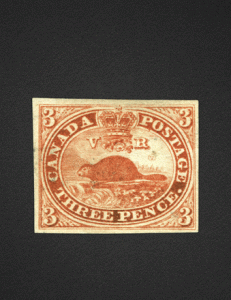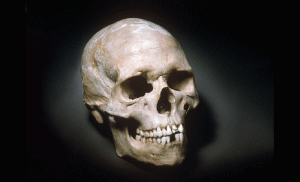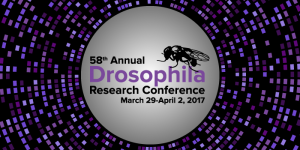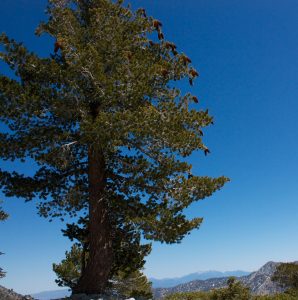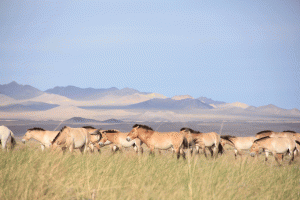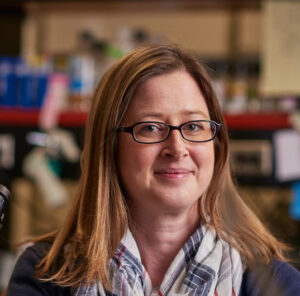Enter your address to receive notifications about new posts to your email.
Featured
-
Featured
The unique genetic variation of the Greenlandic Inuit population could help find novel disease associations
Despite being covered by a massive, permanent ice sheet, Greenland has been continuously inhabited by humans for over a thousand years. Most modern Greenlanders are Inuit whose ancestors migrated eastward from Canada around 1000 AD, bringing technology like kayaks and dogsleds. They eventually settled on the coasts of the world’s largest island, hunting whales and…
-
Featured
Rapid immune evolution: exception or rule?
The arms race between pathogens and their hosts leaves clear genetic marks: the most quickly evolving parts of host genomes often include immune genes. But are these fast-movers the exception among immune genes, or do most genes in this class bear the genetic signature of strong selection? In the January issue of GENETICS, Early et…
-
Featured
Brighter GFP gets the green light
Off the coast of North America drifts a jellyfish that has unknowingly revolutionized molecular biology. Aequorea victoria produces green fluorescent protein (GFP), a substance that adds a green tinge to the jelly’s bioluminescence, which can sometimes be seen around its margins. By inserting a slightly modified version of the GFP gene into the genomes of…
-
Featured
Behind the cover: Oh Canada!
February marks the launch of a crisp new look and improved navigation at the G3 website. Go check it out; we’re very proud of the design! We are also unveiling a new cover layout that allows the art submitted by our authors to shine. This month’s cover celebrates the first published genome assembly of the Canadian…
-
Featured
Statement from GSA’s Executive Committee on the U.S. President’s executive order on immigration
UPDATE, July 10, 2018 After more than a year of legal battles, the most recent version of the travel ban has been upheld by the Supreme Court. We wish to reiterate our previous statement, underlining the extent to which such restrictive policies not only harm the scientific community, but the technological and societal progress that…
-
Featured
Pathogenic yeast uniquely resists toxicity of aggregation-prone proteins
Misfolded proteins can be so toxic that they cause cell death. At least nine neurodegenerative disorders are caused by misfolded proteins with expanded stretches of glutamine residues (polyQ tracts), including the invariably fatal Huntington’s disease. But some organisms are resistant to the harmful effects of these proteins. In the January issue of G3, Leach et…
-
Featured
A modern look at ancient DNA
Well over 15,000 years ago, a man and a bear died in a cave in the Jura Mountains in modern-day Switzerland. That was the end of the story for millennia—until their remains were discovered in 1954 by researchers investigating the cave. Further work in the 1990s uncovered the fact that the man had, in fact,…
-
Featured
Fruit fly feast: Preview of the Annual Drosophila Research Conference
Don’t miss out on this year’s Annual Drosophila Research Conference: The late abstract deadline is January 23, 2017 and the early registration discount ends February 3, 2017. Check out the fantastic lineup of invited speakers below! More details of the conference are available here, including details of special events like the PI Early Career Forum,…
-
Featured
The fungus-fighting secrets hiding in the sugar pine’s enormous megagenome
Towering sugar pine trees dominate the mountain forests of California and Oregon. They are the tallest pine trees in the world, regularly growing to skyscraper heights of over 100 meters. But these forest behemoths are under attack from a very tiny foe: an invasive fungus. White pine blister rust was accidentally introduced to western North…
-
Featured
Best of Genes to Genomes 2016
Let’s bid farewell to 2016 with a look back at some of your favorite Genes to Genomes post from the year—plus a few more we think you’ll like: Five most popular posts of 2016 Dear Mr. Trump GSA President Stan Fields advises US President-elect Donald Trump to surprise the world and make science the cornerstone of his administration. How…
-
Featured
GSA steps up its focus on early career scientists
Sonia Hall is working with the GSA in a newly-created role as Program Director for Early Career Scientist Engagement. Executive Director Tracey DePellegrin spoke with Sonia about why focusing on helping this group of scientists is so important, including plans to start a GSA steering committee led by graduate students & postdocs. Sonia received her…

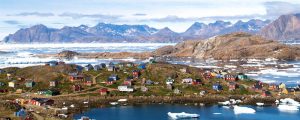
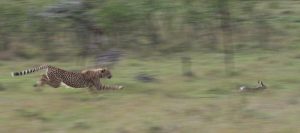
![By Jim G from Silicon Valley, CA, USA [CC BY 2.0], via Wikimedia Commons](https://s36063.pcdn.co/wp-content/uploads/2017/02/dsc26476-_crystal_jelly_-aequ-300x225.jpg)
